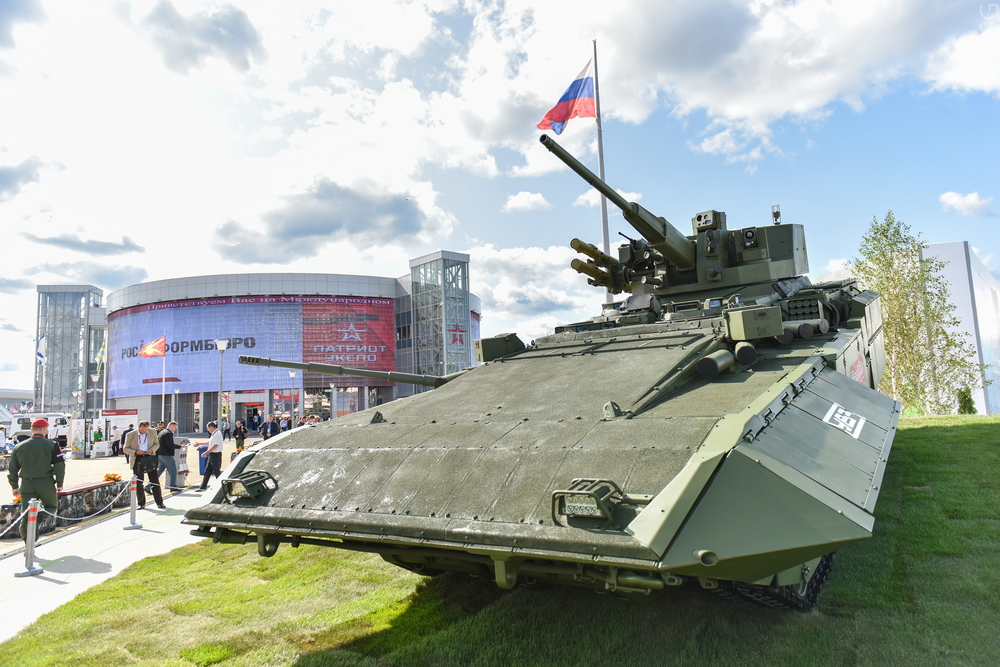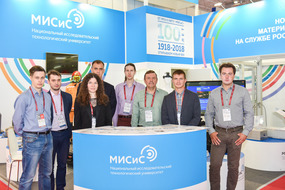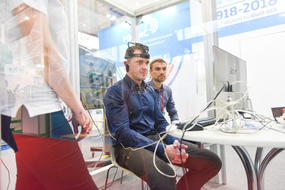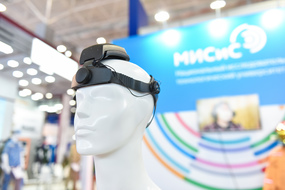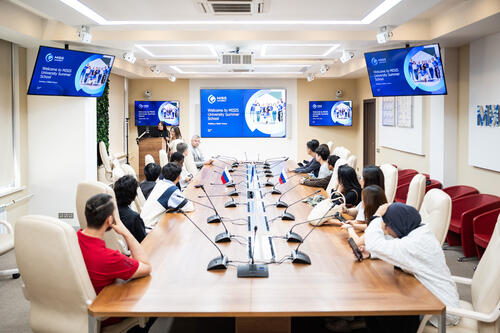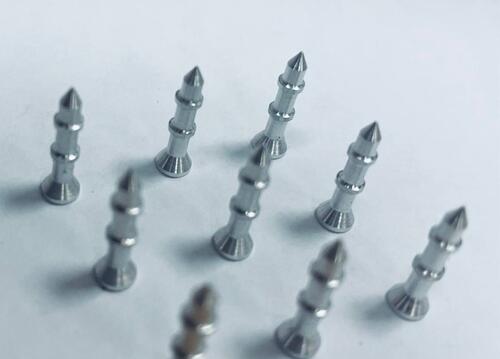At the International Military-Technical Forum “ARMY-2018” NUST MISIS will present a unique conceptual model of military gear that can recognize the enemy, communicate with the squad, & neutralize anti-personnel mines, a neurointerface for communication with patients who have suffered a stroke, a fire-fighting suit for rescuers, destruction sensors, and other new high-tech materials.
At the event’s exposition, NUST MISIS presented over 30 unique scientific and practical developments, including supercapacitors on hydrocarbon fiber, ferrite sensors for the destruction of large industrial and military facilities, blades for the PD-14 gas turbine engines, underwater laser cutting equipment, and electrospark alloying technologies, as well as a new generation of power sources, among other things.
The Neuroset of the NeuroChat project is a joint development designed by the Neurotrend together with the “NP Expert” Association and NUST MISIS. With the help of this interface, patients who have suffered a stroke, as well as members of the military with serious injuries that have led to severe speech and movement disorders, will be able to communicate properly, do feasible work, and manage a smart home.
The Neuroset records electroencephalograms of the person wearing it and allocates the information to the pulse of P300. This electrical pulse is generated after about 30 miliseconds as a “targeted” reaction to an external stimulus, usually a question or a light signal. For example, when viewing several photos, the impulse P300 in the brain will be formed after a person sees the specific image he/she is looking for.
In November 2018, the developers are planning to complete the research work on the creation of neuroset’s hardware-software complex. With the help of this interface, patients who have suffered a stroke, as well as members of the military with serious injuries that have led to severe speech and movement disorders will be able to communicate properly, do feasible work, and manage a smart home.
These mind-machine interfaces, also called neurointerfaces, are designed to control computers and robotic devices directly through brain signals. Brain signals are recorded using electrodes, an electroencephalogram, a magnetoencephalogram, functional magnetic-resonance imaging, or functional near-infrared spectroscopy. Afterward, these signals are converted into computer-readable commands.
Today, neurointerfaces are one of the most popular areas of development. There are already systems that help handicapped people control the individual fingers of a prosthetic arm, eat independently, and do other things like partially restoring the spinal cord after an injury and answering “yes” or “no” for patients with locked-in syndrome.
